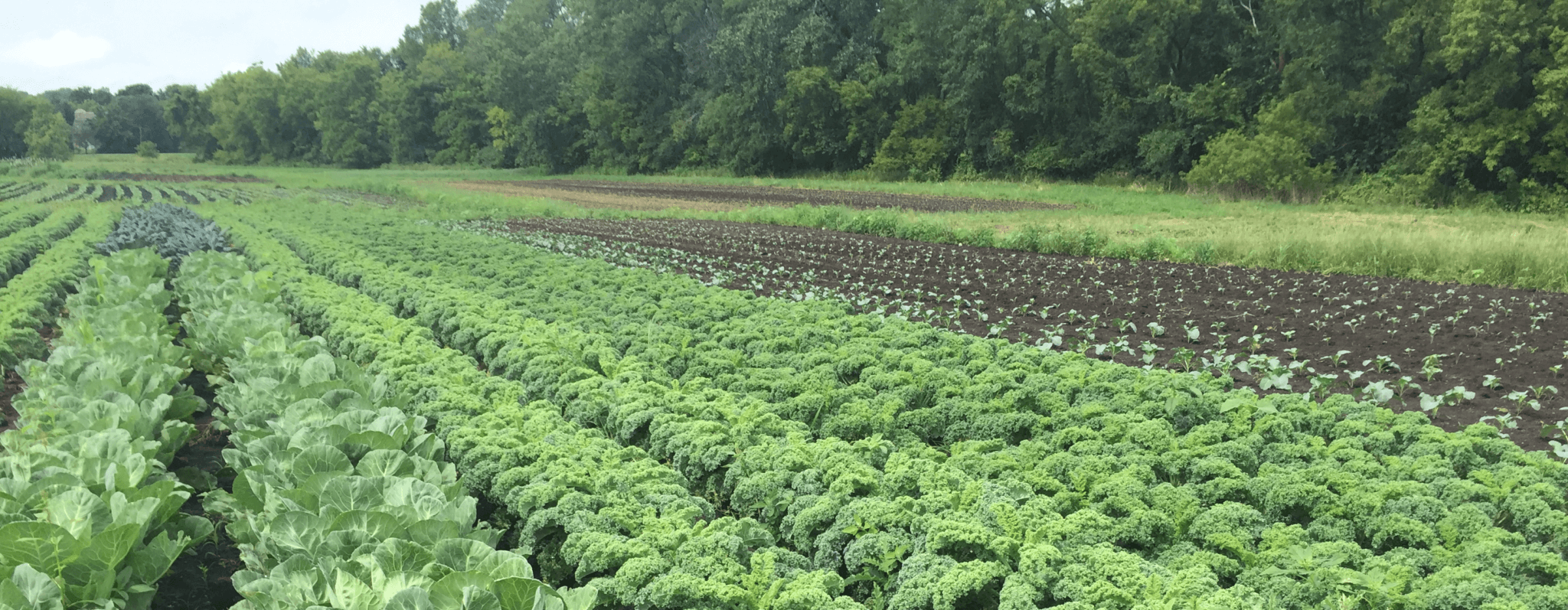Member Update Guest Authors: Annalisa Hultberg, U of M Extension and Michele Schermann, U of M Department of Horticultural Science

In the last Member Update, we gave you an introduction to GAP (Good Agricultural Practices) audits and what to think about if you are considering a GAP audit. First, talk with your buyer or potential buyer: are they requiring a third-party food safety audit? If so, what kind? If they are requiring an audit, and you plan to go ahead with the audit, what is your next step? You can say, “No thanks. I don’t want to sell to you.” Or, if you would like to sell to that market, you can get a GAP audit on that product. This article covers how to prepare for a GAP audit.
Your first question to the buyer should be, “What type of audit do you require?” There are many types of audits, including the USDA GAP/GHP audit, the USDA Harmonized GAP audit, or private audits (like Global Food Safety Initiative (GFSI) and Primus). The buyer may specify the type or may accept any type. If the buyer has no preference or accepts any type, the USDA GAP audit is likely the simplest, least expensive, and best option for you.
The Minnesota Department of Agriculture (MDA) is the entity that will conduct the USDA GAP audit. MDA Inspection program staff are licensed by the USDA to provide audits for any growers, shippers, receivers, and re-packers in Minnesota. The audit includes asking questions, reviewing documentation, and onsite viewing of harvest, storage, washing, packing, and transportation facilities. The MDA also offers a cost-share program that can reimburse you for a portion of the cost of the GAP/GHP audit process.
So, you have decided you want to sell to the buyer who is requiring an audit and you are going to get a USDA GAP audit. What’s next?
Step 1. Decide which item(s) you will have audited. Remember, your product gets the GAP certificate, not your farm. If you are only going to sell tomatoes and bell peppers to the buyer requiring the audit, you should only get the audit on tomatoes and bell peppers. You can always add more products in following years.
Step 2. Have your food safety plan and recordkeeping in order. A documented food safety plan is required to pass a GAP audit. A template can be found here. Sections include farm history and land use, worker health and hygiene, worker training, water sources/quality, manures and soil amendments, toilet and handwashing facilities, harvesting, packing, storage and transportation, and product traceability. Many growers work on their food safety plan in the winter, and then update it as needed throughout the growing season. As a part of this food safety plan, you will need to write your farm’s policies and standard operating procedures (SOPs), and develop and use basic log sheets where you document cleaning and other food safety related activities.
Step 3. Review the USDA GAP/GHP audit checklist. The audit checklist will indicate where you need a document, policy, or record. The checklist is the same one the auditor from the MDA will use for your audit. You can—and should—review the checklist before the audit and as you are writing your food safety plan.
The audit consists of all or any combination of the following list. You will choose the sections that pertain to your farm and audit. For example, if you do not have a packing house facility, you will not be audited on that section.
- General Questions (Passing of this section is mandatory)
- Part 1. Farm Review
- Part 2. Field Harvest and Packing Activities
- Part 3. House Packing Facility
- Part 4. Storage and Transportation
- Part 6. Wholesale Distribution Center/Terminal Warehouses
- Part 7. Food Defense
A passing score of 80% is required on each part. If you wish to continue to have your product GAP audited, you will need to have the audit done yearly and you will need to pay the auditor each year.
Step 4. Visit the MDA GAP audit page or call (651) 201-6067 to set up an audit or talk to program staff. You will schedule the audit when your product is being harvested.
Audits cost $92.00 an hour to pay for the auditor’s time, plus $1.65 per mile for travel (typically from St. Paul although there are auditors in the northwestern part of the state), plus a $375 service fee that the USDA has recently added to all audits. Consider scheduling audits with a neighboring farm to share auditor mileage. The MDA has a cost-share program that can reimburse you for up to 75% of the cost of the audit once you have the audit certificate.
While it may feel overwhelming at first to get a GAP audit, there are resources available to help you. U of M Extension has the template listed above, GAP workshops, and can talk with you on the phone or review your plan via email. Other growers who have gotten a GAP audit can help you as well. Once your food safety plan is written and you are ready to schedule an audit, the process is very straightforward. Having a GAP audit on your product is way to enter new markets, and a way to organize your food safety practices to make sure you are doing everything you can to make sure that the food from your farm is safe, wholesome, and good for your customers.
If you would like help with your food safety plan or preparing for a GAP audit, you can email Annalisa Hultberg with the U of M Extension Farm Food Safety program at hultb006@umn.edu.
